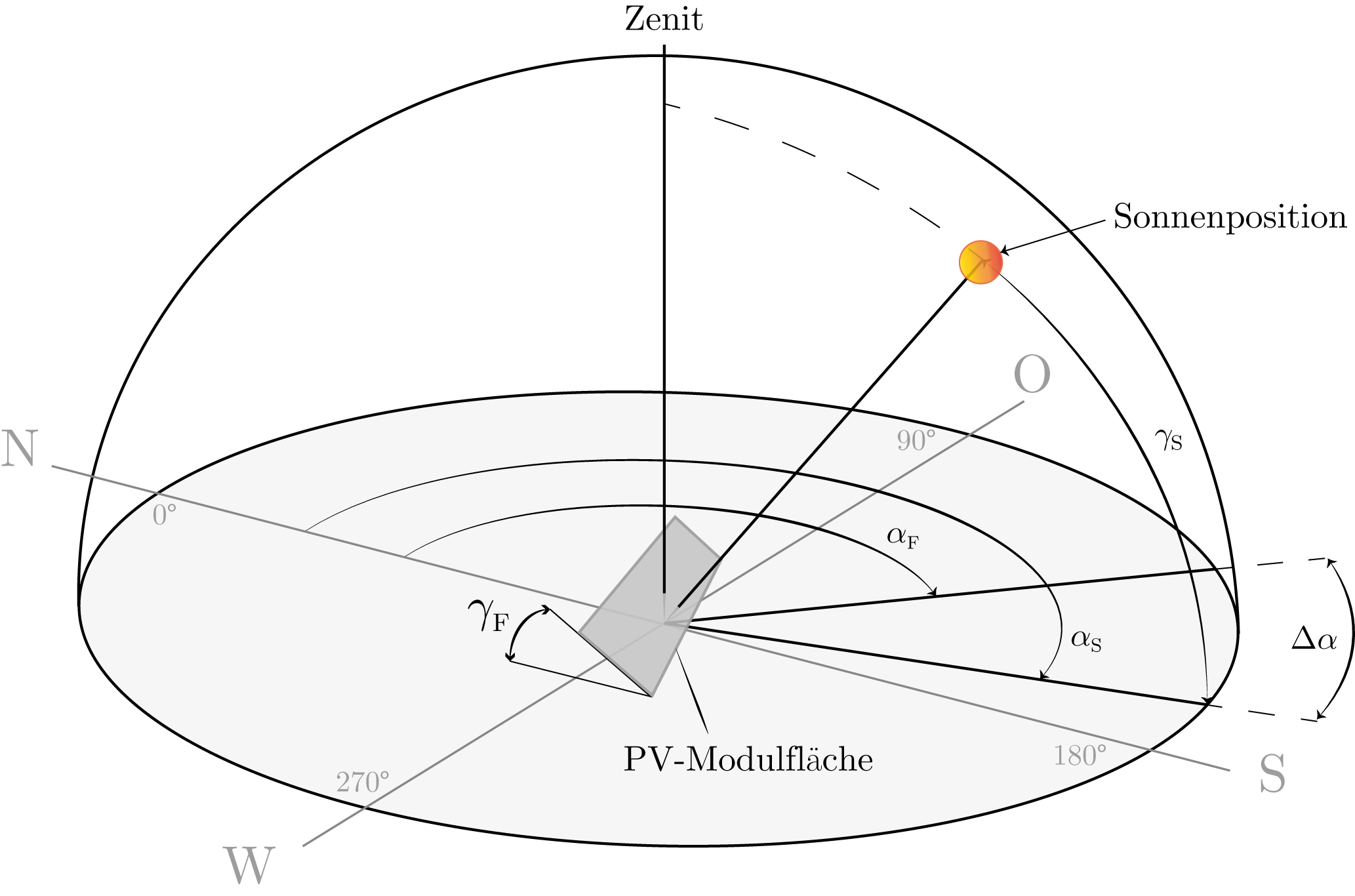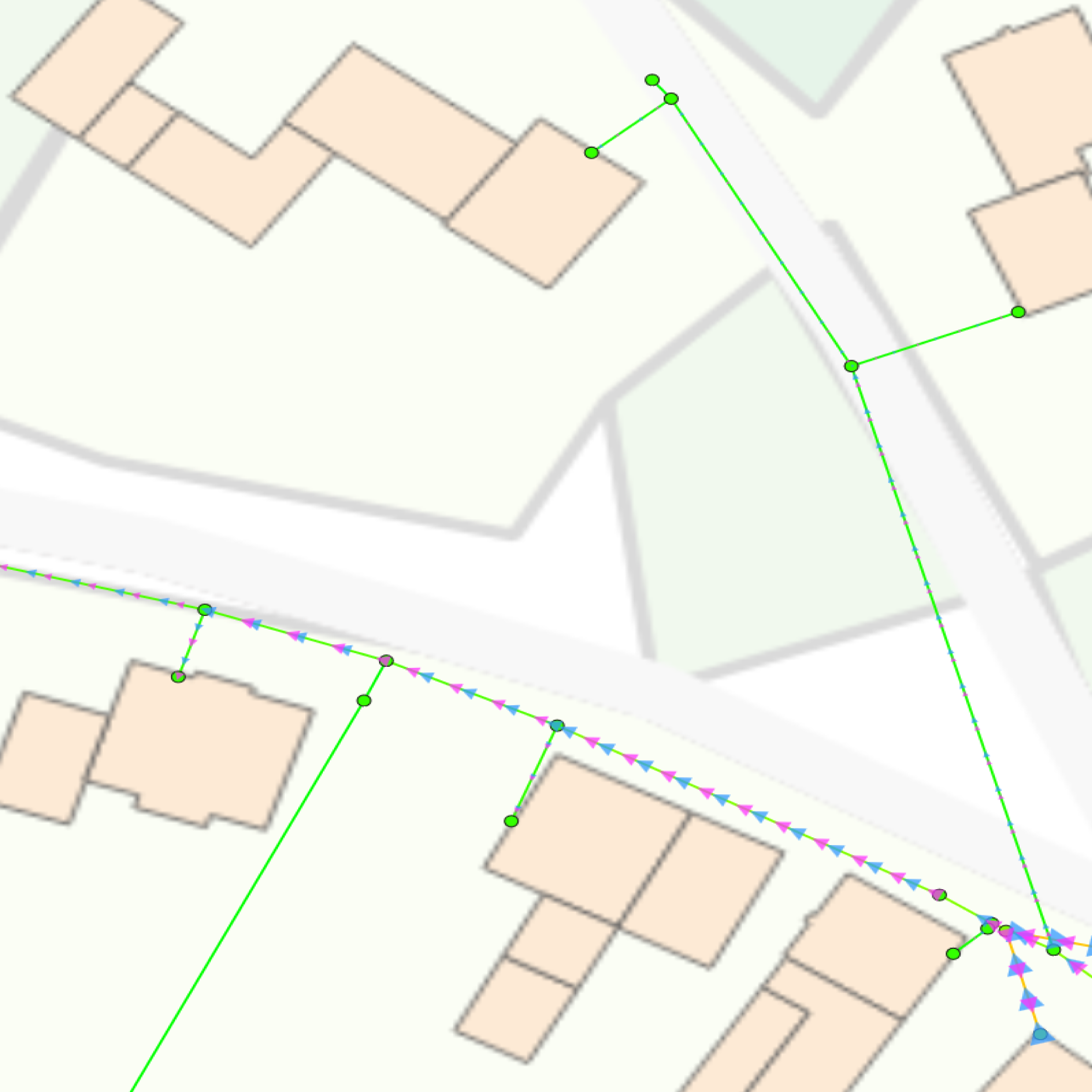


State-of-the-art simulation methods ensure reliable insights into your distribution grids. Secure a technological lead and start the new era of power system analysis.

Individual integration of future-proof and high-performance calculation and analysis methods into your existing systems.

GridCal brings more transparency to the distribution network, increase its efficiency and enable a much higher integration of decentralized renewable energies.

With the digitalisation of the electrical distribution grids the efficiency of the process data management is coming into prominence.
You are aware of the importance of your databases and consider your company data an important value-added asset? We support you in the targeted transition of your processes - both in planning and in grid operation.
Each step of digitisation has its own requirements. To cope with these challenges we support you with the following strategies:
Smart grids are not simply the result of integrating measurement technology. Only the targeted analysis and feedback of results can lead to intelligent decisions. When looking at real-time measurements, it becomes obvious that your distribution grids are as individual as a fingerprint. The next stage of digitisation raises the following questions:
We provide:
Your benefits:

Traditional methods of grid planning have always provided a secure foundation for reliable energy transport. However, the transformation of the distribution grids leads to new types of consumption and feed-in situations that can no longer be adequately represented by these methods. Particularly on the distribution grid level

We provide:
Your benefits:
Do you want to use new calculation methods in your existing systems? We provide you with the latest calculation methods and models in the form of software solutions. We offer you a wide range of proven models based on the latest scientific insights. From
We are also at your disposal for individual developments. For an optimal integration into your planning or control systems, we are always available as your contact partner.

We provide:
Your benefits: